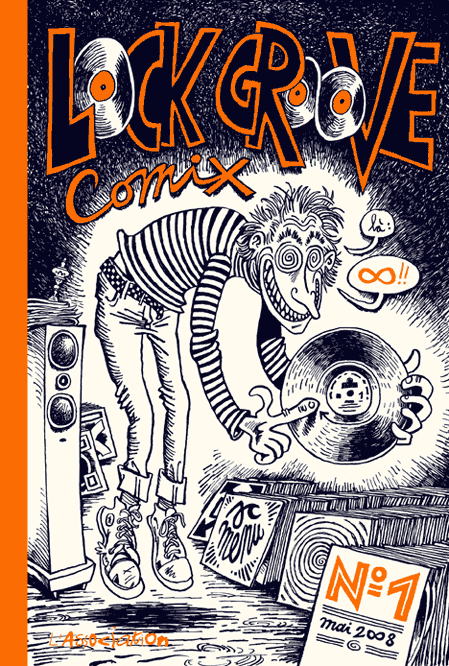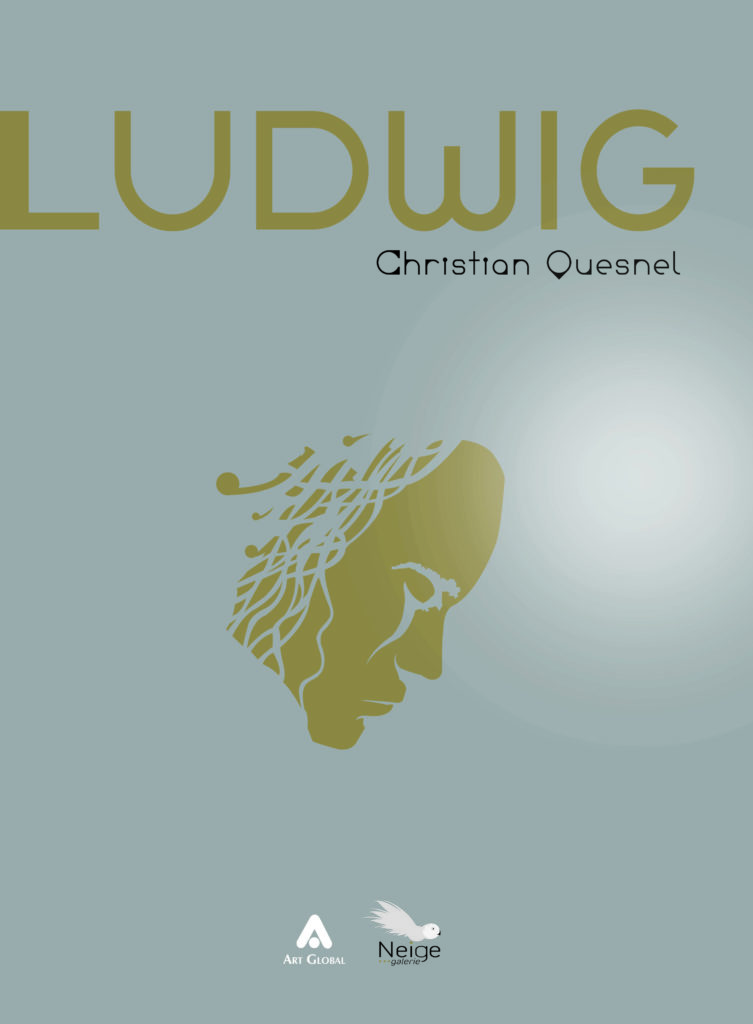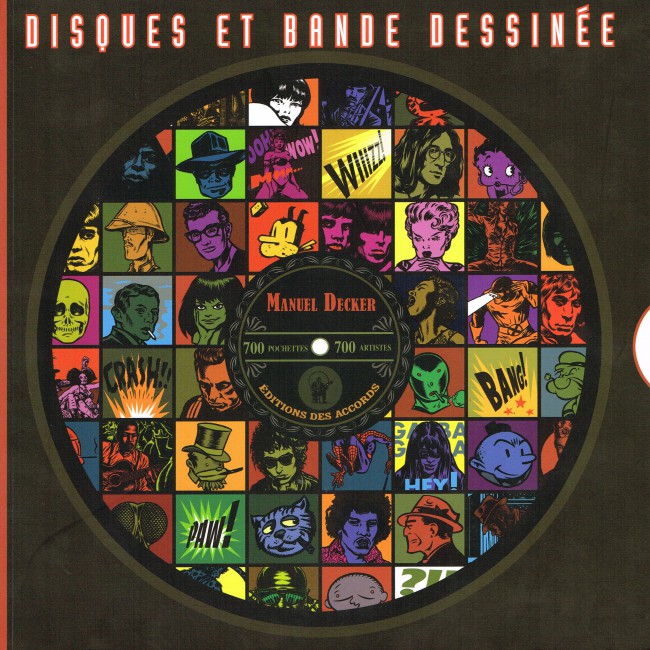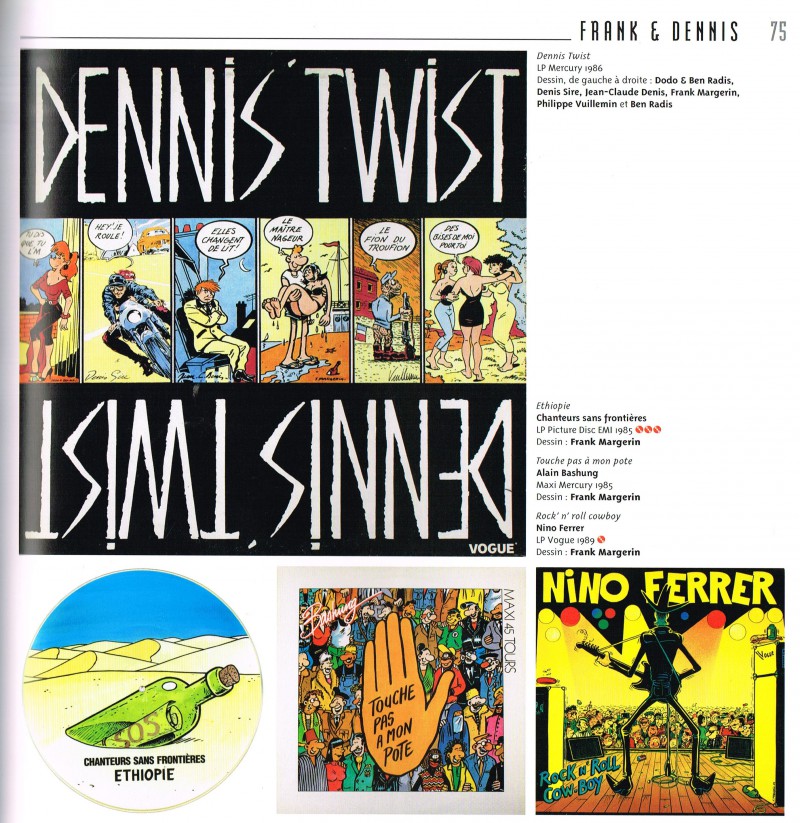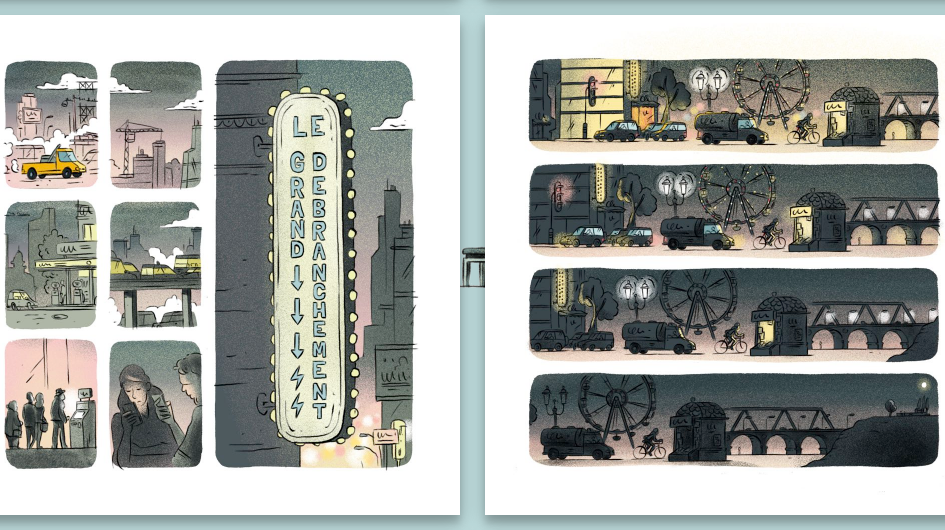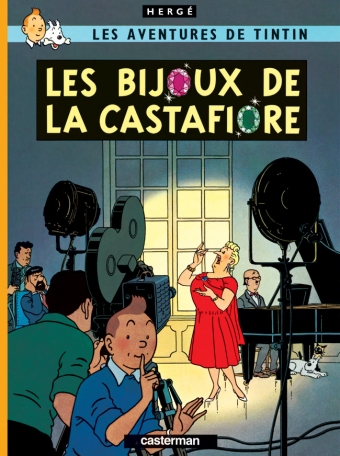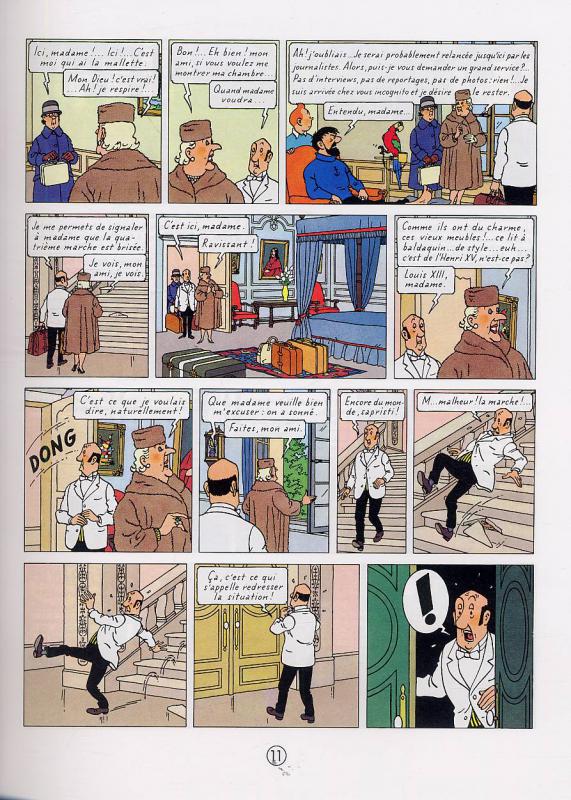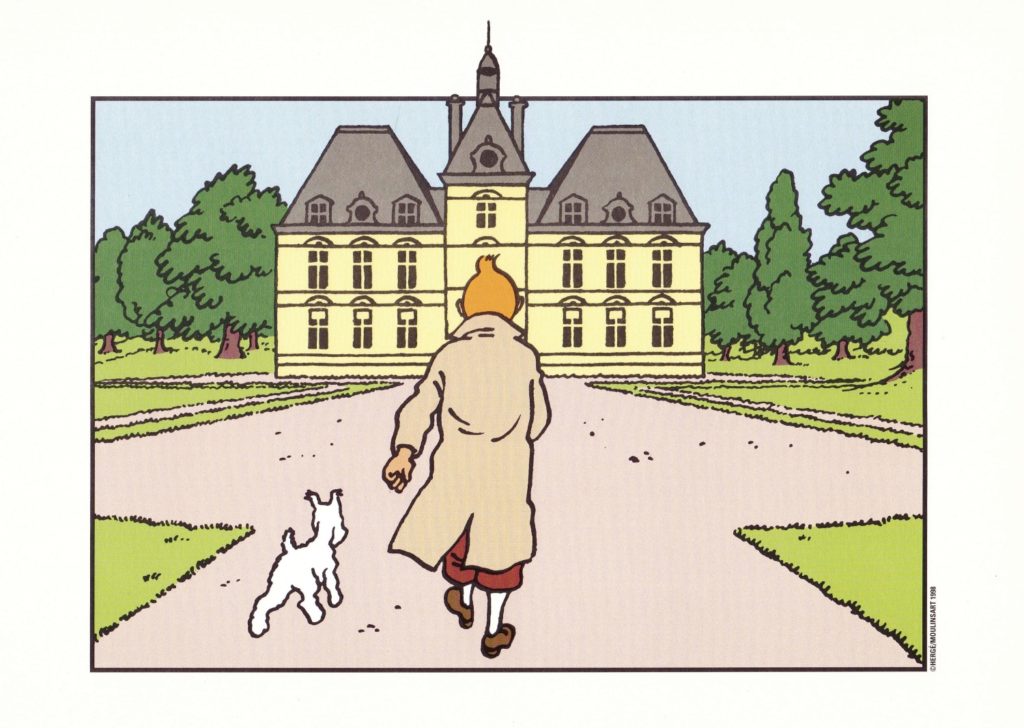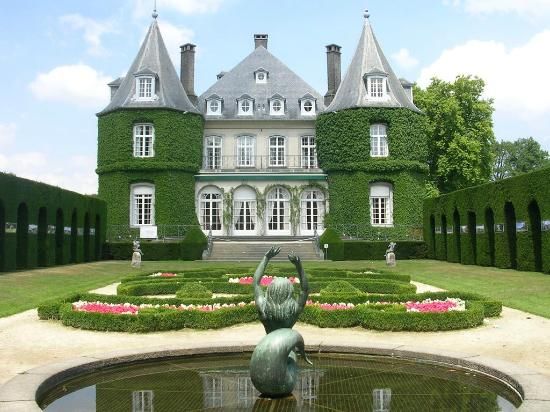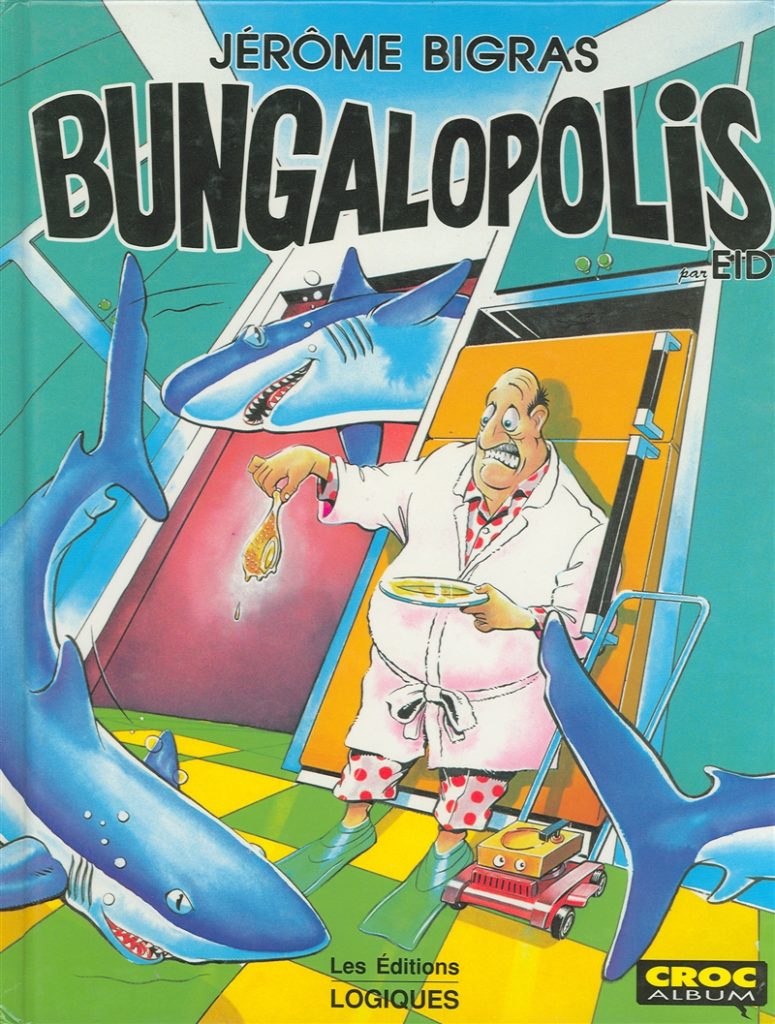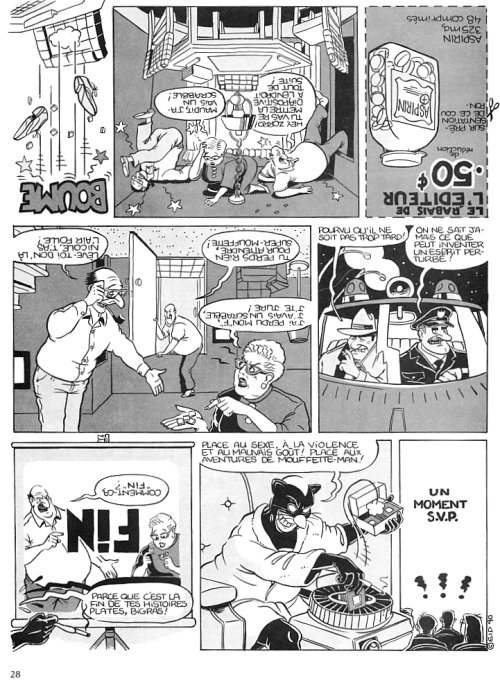Comics & Music
Music is the arrangement of sounds and silence, composing a coherent whole for any given moment and ultimately forming a song, symphony, or one of many other forms.
A Mix of Mediums
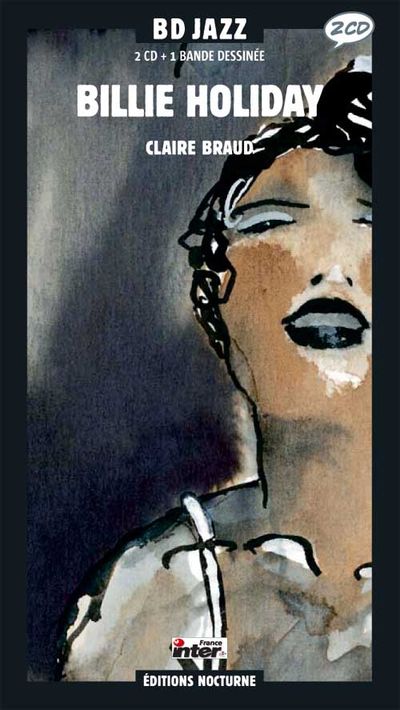
The connections between comics and music are many. There have even been comic albums released that include an album which serves as a sort of soundtrack for the story, allowing the two arts to be experienced simultaneously.
Going even further, music plays an essential role in certain “audio comic books,” a subgenre of the well known audiobook. Founded in 2016, the company Audiopicture aims to allow people to “listen to the images” of a comic book, with sound effects, dialogue, and music all being integral parts of bringing the story, originally told in words and pictures, to life in a new format.
The “drawn concert” is another excellent example for the potential of hybridization between the mediums. This kind of performance is especially in fashion at the Angouleme Comics Festival, where each year there are a variety of performance put on, recently for the Festival’s 40th annual edition the popular characters of Titeuf and Little Nicholas could be found sharing the screen in a completely improvised story inspired by a live musical score.
Music can even take a primary role in the creation of a comic book, guiding the creation of the work. For the cartoonist, editor, and translator Jean-Christophe Menu, the foremost element is the drawing and its connection with the music that inspires it, surpassing any conception of story. The drawings must represent the energy, mood, and feeling of the music, but without the use of traditional musical notes and instruments.
The potential techniques for this are almost limitless, exploding the structure of the page, working in harmonizing colors, and more. Christian Quesnel went so far as to structure the narrative of his book Ludwig (2013, Art Global) on Beethoven’s Piano Concerto No. 5… Played with an allegro tempo.
Comic book and comic-style art has also long been a feature as album art, including punk music, which is particularly connected with the medium. Recently Matthieu Thonon’s album Le silence des alouettes (on the left) was illustrated by the artist Pierre Lecrenier in the form of a short, contemplative comic strip.
Singing the Comics
In September of 2015, an opera inspired by Hergé’s The Castafiore Emerald (1963, Casterman) was produced at the Château de la Hulpe in Belgium (a location that is quite reminiscent of the fictional Marlinspike Hall in the Tintin comics). Hergé’s words were set to classic operatic arias, adding a further element to the story and the character of the Castafiore.
Bungalopolis by Jean-Paul Eid (1992, Éditions Logiques) is another good example of a comic book which found new life in the form of a musical adaption. Presented as a piece of cabaret theater (staged by Mylène Lapierre and directed by Cristian Fort), the text of the comic is performed by a quartet of singers who sport the distinctive style of the comic characters, including hairpieces and mustaches.
Want to know more?
- Folk, Iris (2018, La Pastèque)
- Les deuxièmes, Zviane (2013, Pow Pow)
- Johnny Cash : Une vie, 1932 – 2003, Reinhard Kleist (2003, Dargaud)

